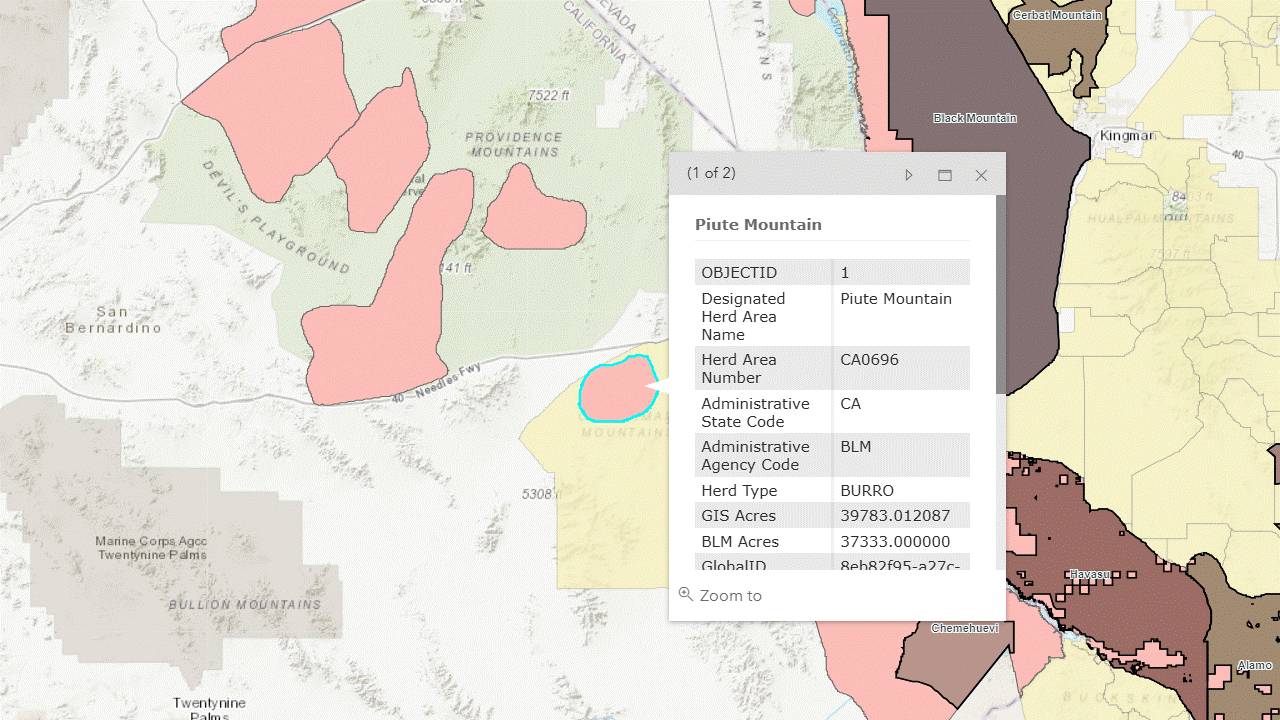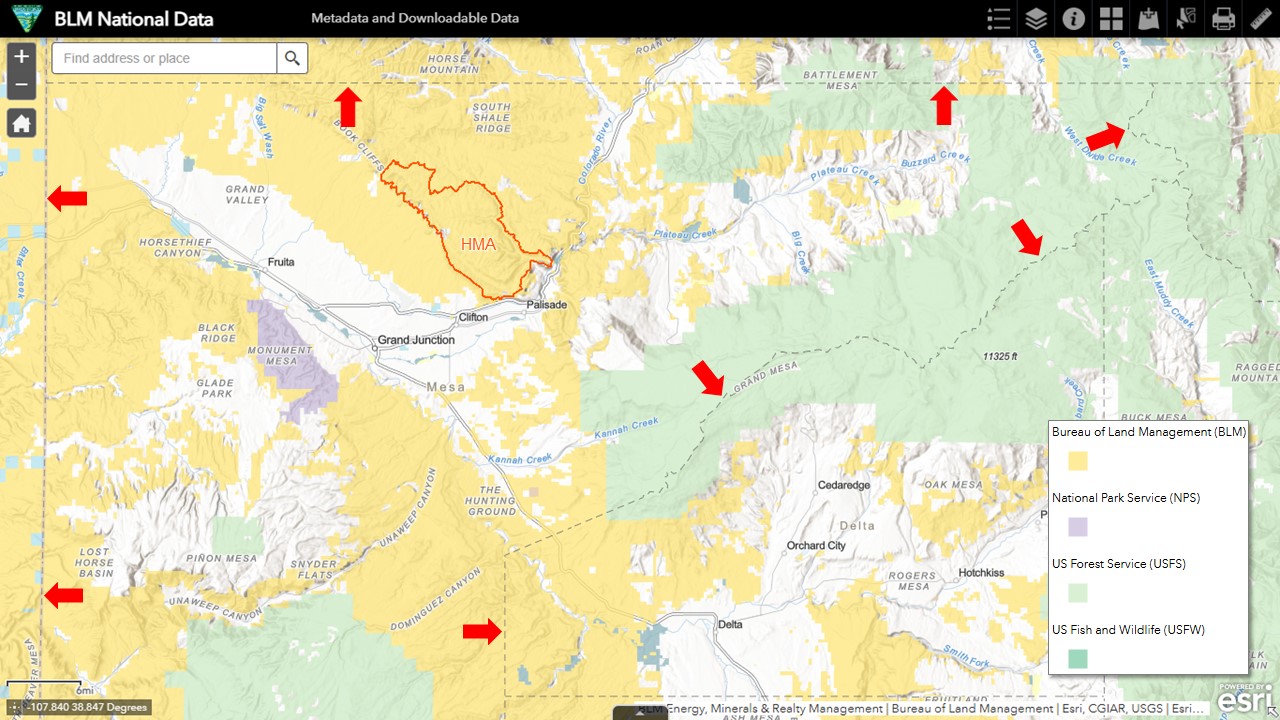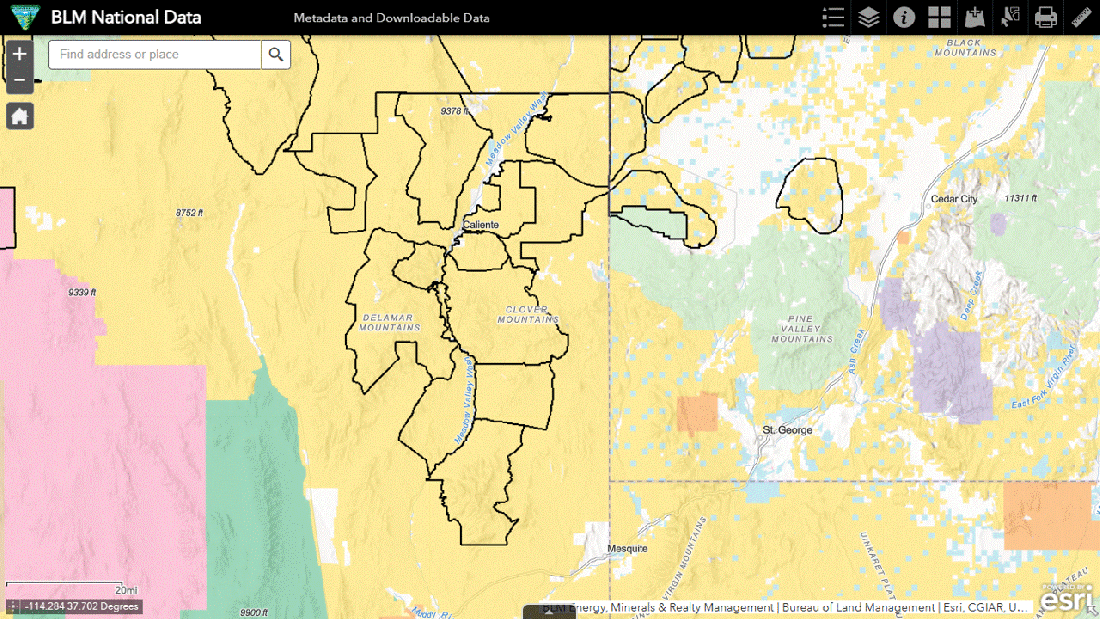There are no statements by the big-name advocacy groups in this article by Cowboy State Daily but there are a few remarks that need clarification.
1. The BLM estimates that 3,045 mustangs live there. The gather page puts the figure at 3,035.
2. Animals identified for removal will be taken to the BLM’s long-term holding facility near Wheatland. It’s a short-term facility.
3. The BLM considers 320 horses to be an adequate number, as the area’s designated maximum carry capacity is about 500 mustangs. The first number corresponds to the low end of AML, the point where ranching superiority in the Complex is achieved.
4. Wild horse advocates, among them Riverton native Jim Brown, think that’s a ridiculously low number. Correct, AMLs are small relative to the available resources because the HMAs are managed primarily for livestock.
5. Many claim that using helicopters to drive mustangs is needlessly cruel. Those making the allegations want to get rid of them with PZP, a restricted-use pesticide that tricks the immune system into attacking the ovaries.

6. Brown said the original intent was that cattle and sheep grazing would not be allowed on HMAs but the act was tweaked in 1975 to allow livestock grazing. The original statute was amended in 1976 by FLPMA concerning motorized removal and again in 1978 by PRIA, which introduced AMLs. The concept of multiple use was overhauled by FLPMA.
7. It’s like the original law has disappeared, the horses are not the main occupants of the HMAs. Correct, the current statute no longer affords the protections sought by Velma and the 92nd Congress.
8. The population numbers aren’t arbitrary, they’re set according to the carrying capacity of the land the horses inhabit. Nonsense. The carrying capacity of the North Lander Complex is north of 4,600. The current population is well within this limit.
9. The ideal carrying capacity for mustangs takes into consideration the health of not only the horses, but other wildlife species they share the range with. The horses have been marginalized by the bureaucrats in favor of the ranchers. There’s nothing in the current statute that says AMLs must correspond to 20% of the authorized forage or less but that’s how the system operates.
10. The mustangs have no natural predators. Because wildlife agencies got rid of them to protect the ranchers.
11. The horses in the North Lander area are all in excellent health. Of course, the Allotment Master Report tells you there’s plenty of food in the Complex, enough to support an additional 4,080 wild horses!
12. The BLM is focused on the long-term health of the land and the mustang herds and doesn’t see mustangs and livestock grazing as being at odds. Really? The two are head-to-head competitors in a zero-sum game.
RELATED: If Wild Horses Had Principal Use of North Lander Complex.













